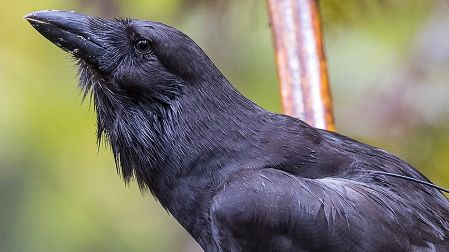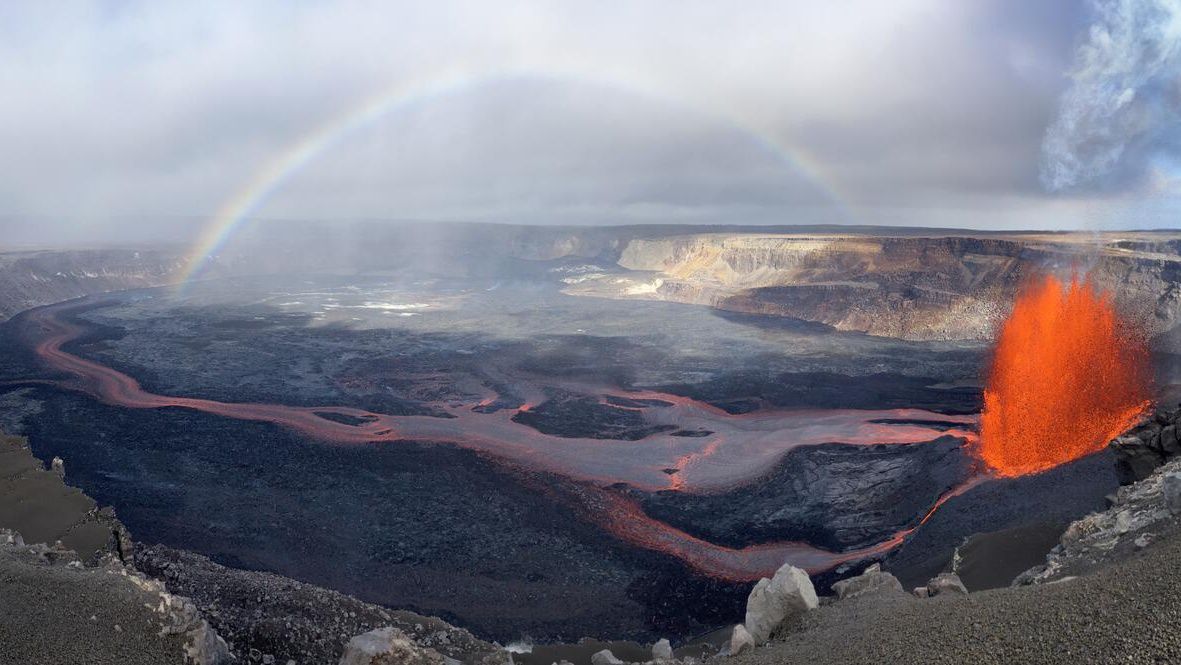Officials announced they are one step closer to releasing alala (Native Hawaiian crows) back into the wild after moving five birds to a temporary field aviary on the slopes of Haleakala.
The five birds, who were transferred from the Maui Bird Conservation Center, will now spend three to four weeks in the temporary aviary, where they will adapt for their eventual release into Kipahulu Forest Reserve, according to a release.
Alala, also known as the Hawaiian crow, are intelligent birds unique to Hawaii. Unfortunately, their wild population disappeared because of invasive predators, mosquito-borne diseases, and habitat loss. The last pair of alala were seen in the wild in South Kona in 2002.
Now, alala only live in conservation breeding programs on Maui and Hawaii Island. In 2016, the captive birds were released into the wild on Hawaii Island. However, most of the birds were killed by io, also known as the Hawaiian hawk, another native bird.
The Alala Project, a partnership between U.S. Fish and Wildlife Service, DLNR’s Division of Forestry and Wildlife, the San Diego Zoo Wildlife Alliance, and the Nature Conservancy, is planning to release alala on east Maui where there aren’t any io. Kipahulu Forest Reserve was selected for its native vegetation and relative isolation.
"Even though alala have been gone from Maui Nui longer than Hawaii Island, we are trying to do an experimental release here to see if we have enough forest for them to survive in and see if maybe this could be a stepping stone to eventually a bigger recovery effort on Hawaii Island,” said Dr. Hanna Mounce, manager of the Maui Forest Bird Recovery Project, in a statement.
Two females and three males were born in captivity and have spent the last 10 months in a social group together. Conservationists hope this close bond will help them survive in the wild.
"When you put birds in a captive environment, even though you're trying to give them enrichment and care for them the right way, they are not doing all the things they need to do in the wild. They have to relearn those behaviors that came generations before them,” said Mounce.
The five birds will be equipped with transmitters, which will track their movements after release.











